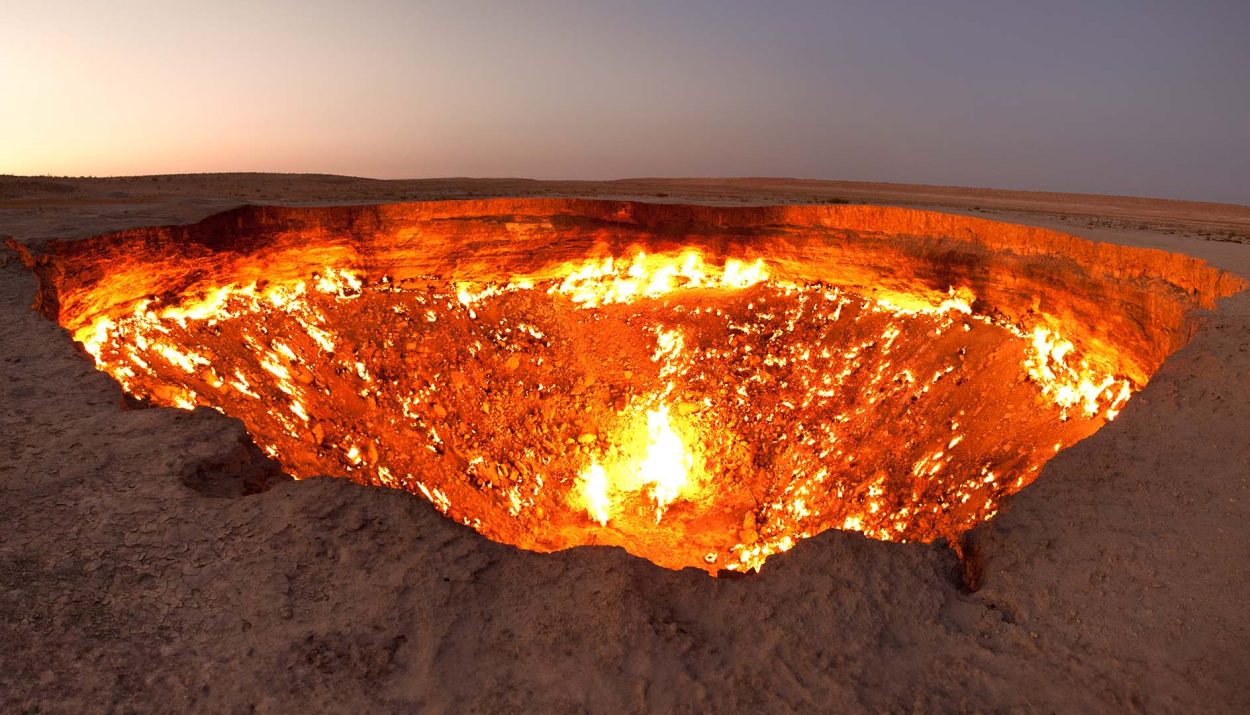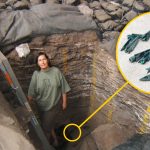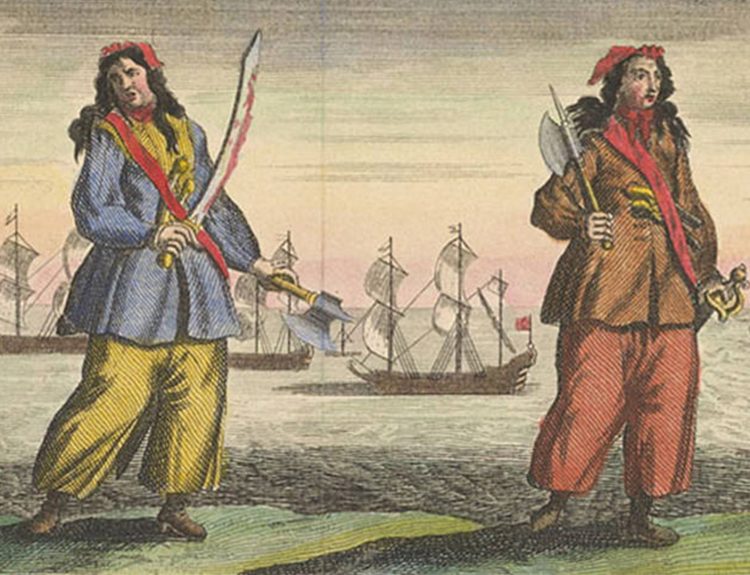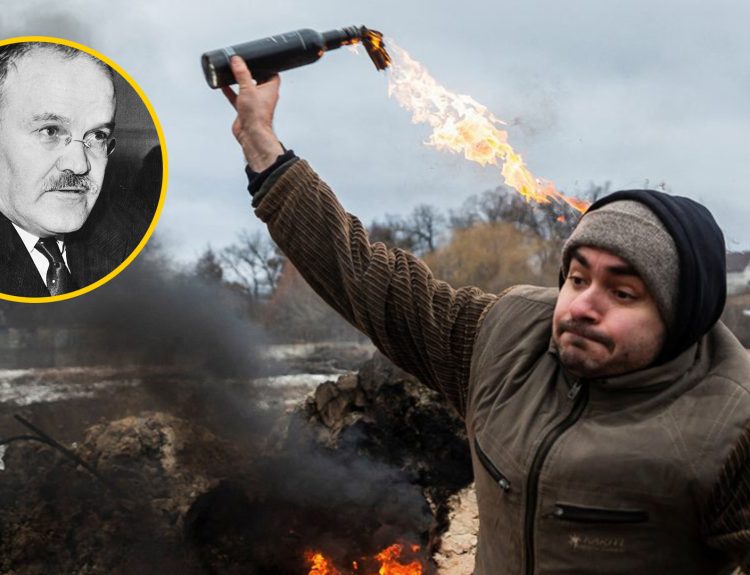A fire has been raging in Turkmenistan’s Karakum Desert for more than half a century and, so far, no one has been able to extinguish the flames. The fire is contained in a crater, called the Darvaza Crater, and is fed by a constant flow of methane gas.
The flaming crater is, admittedly, cool to see, which is why Darvaza Crater has become a trendy tourist attraction. But there is danger at this place, which has earned the fitting nickname, the “Gates of Hell.” Here’s the hot take on this cool natural feature.
The Karakum Desert Dominates Turkmenistan
The Karakum Desert covers about seventy percent of the country of Turkmenistan, roughly 140,000 square miles. It is sparsely populated. In fact, it averages just one person for every two and a half square miles. That is, in part, because the desert sees less than five inches of rain per year.
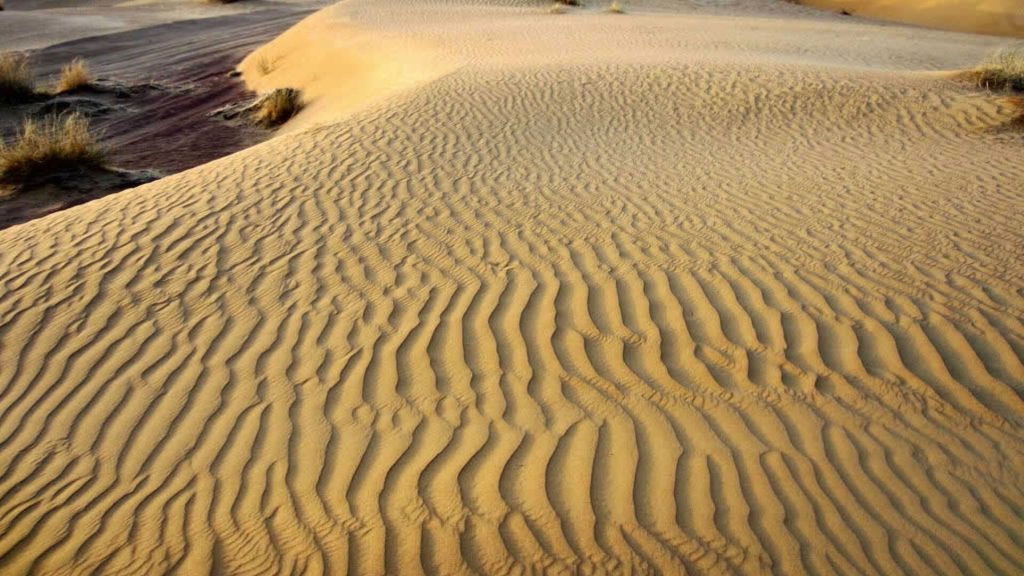
There is a tiny village, Davasza, located near the Darbaza Crater that has nearly 350 residents. . The Karakum Desert is so dry that engineers dug the world’s second largest canal, the Karakum Canal, through the region in the 1950s. In addition, construction is underway on a huge manmade lake in the desert.
Rich in Oil and Gas
What it lacks in water, the Karakum Desert makes up for in oil and gas. Rich deposits of natural gas and oil lay beneath the sand and were created when the region had a much different climate. Trees and other vegetation once covered the area. The layers of decaying vegetation turned into oil and gas over thousands of years.
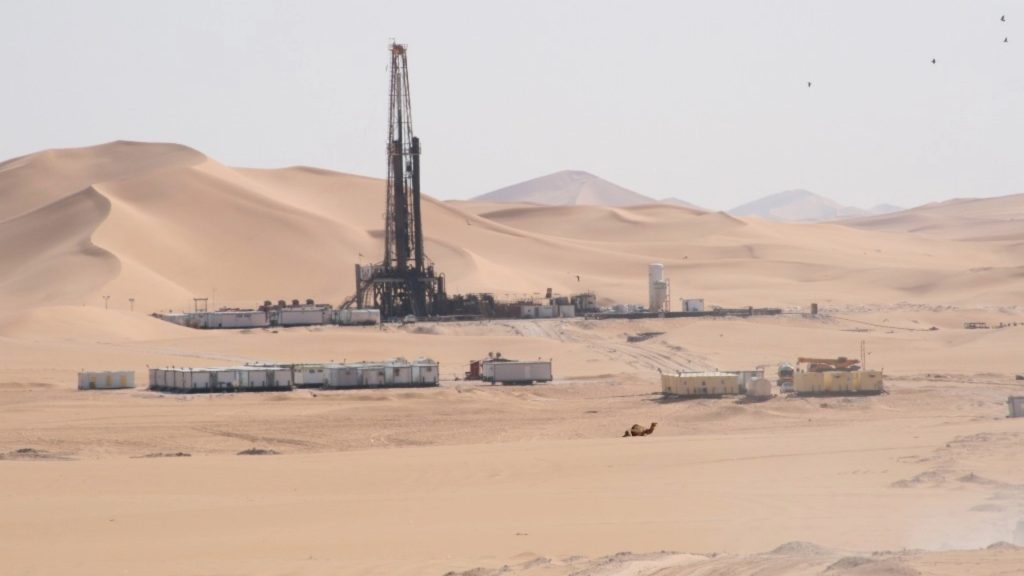
The oil and gas have attracted mining efforts in the Karakum Desert and, in fact, caused the fire that has been continuously burning in the Darvaza Crater. Let’s look at how the fire started.
The Soviets in the 1970s
The origins of the “Gates of Hell” fire at the Darvaza Crater can be traced back to the Soviets in the 1970s. According to local geologists, the crater itself formed in the 1960s when an underground chamber collapsed. But it was the oil drilling operations by the Soviets in 1971 when things went wrong.
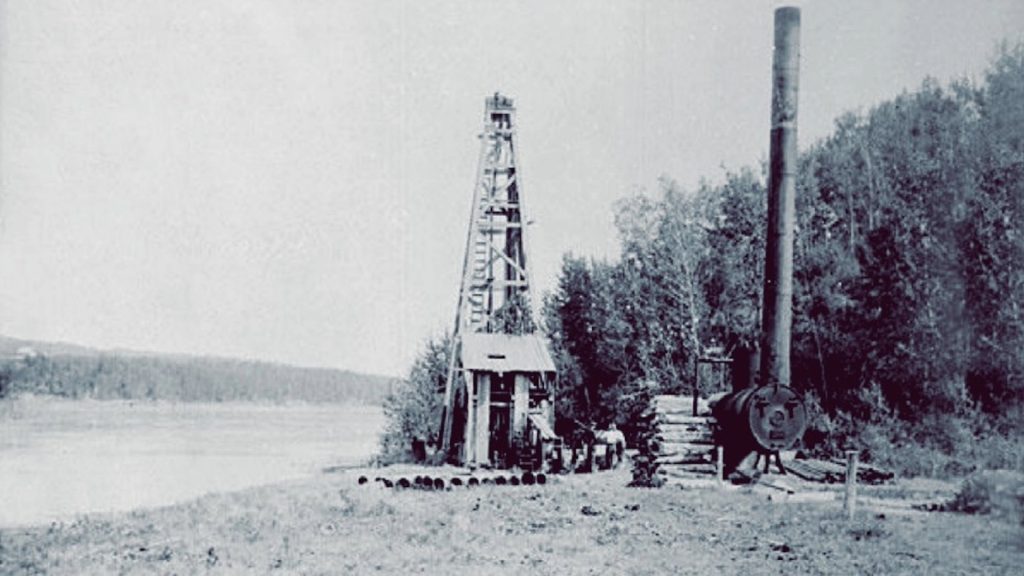
When one of the drills pierced a pocket of methane, the Darvaza Crater filled with gas. The Soviet engineers feared that they had created a potentially deadly environmental disaster. So, they lit the crater on fire, hoping to burn off the gas. What they didn’t realize was that the pocket of methane was enormous.
A Constant Burn
The methane gas continues to pour into the 230-foot-wide Darvaza Crater, fueling the fire. This poses a risk to the tourists who flock to see the Gates of Hell, as well as to the residents of the nearby village.
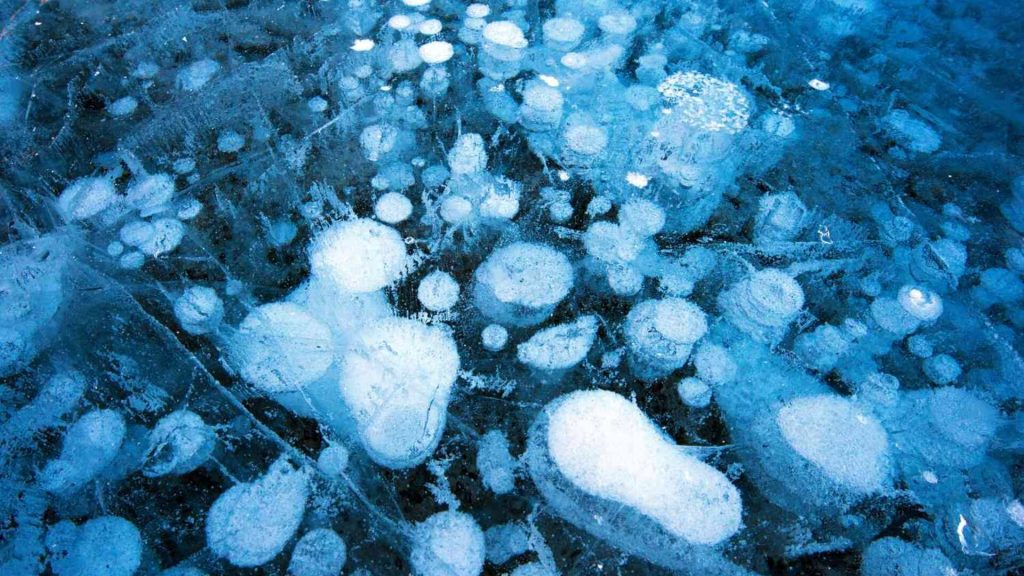
The rise in tourism at the Darvaza Crater has put more people in the immediate area. If something catastrophic were to happen, there is an increased potential for human toll. Nearby, for example, a savvy entrepreneur has erected a high-end yurt resort to provide a unique form of accommodation for tourists.
An Appropriate and Apocalyptic Nickname
For many people, the continually burning pit was reminiscent of the biblical descriptions of the fiery bowels of the underworld. In one passage of the Old Testament, Matthew 16:18, the passage reads, “And I say also unto thee, That thou art Peter, and upon this rock I will build my church; and the gates of hell shall not prevail against it.”

This passage seems to accurately describe the Darvaza Crater, which is why it was given the nickname, the “Gates of Hell.”
The Dangers of Methane Gas
A highly flammable gas, methane is invisible. People don’t even realize they are breathing it in until they begin to experience health concerns. Prolonged exposure to the gas can cause confusion and memory loss.
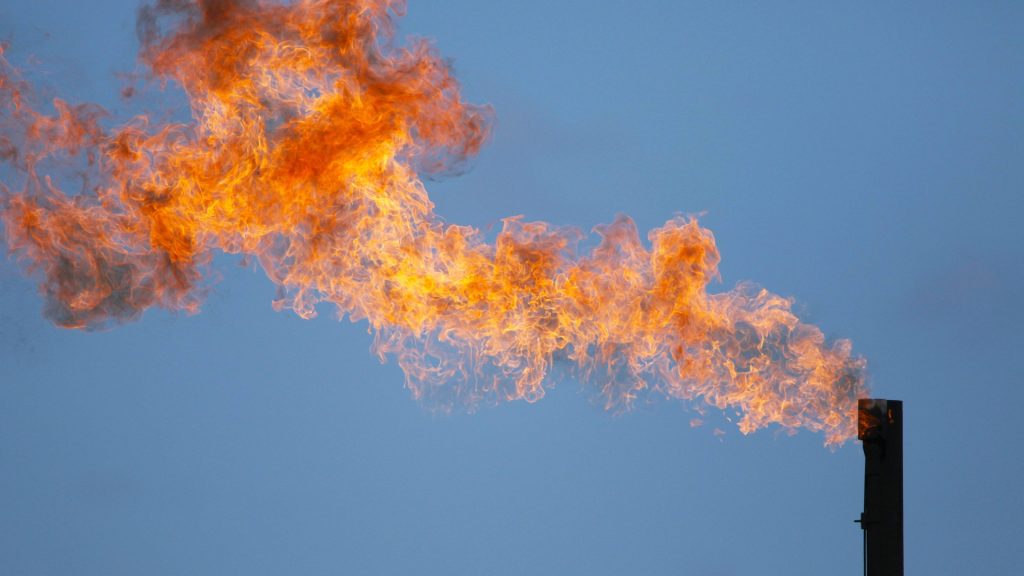
When methane burns, it depletes oxygen levels in the area. The low levels of oxygen in the air can cause people to lose consciousness and even suffocate to death. The methane gas also poses a danger to wildlife and vegetation in the area.
Turkmenistan: A Major Player in the Energy Sector
Turkmenistan’s economy is primarily driven by oil and natural gas. The country sits atop rich deposits of petroleum and natural gas. Making use of its natural resources, Turkmenistan is one of Asia’s major players in the energy sector. The majority of the country’s revenue comes from the sale and exportation of gas to nearby countries, most notably China and Russia.
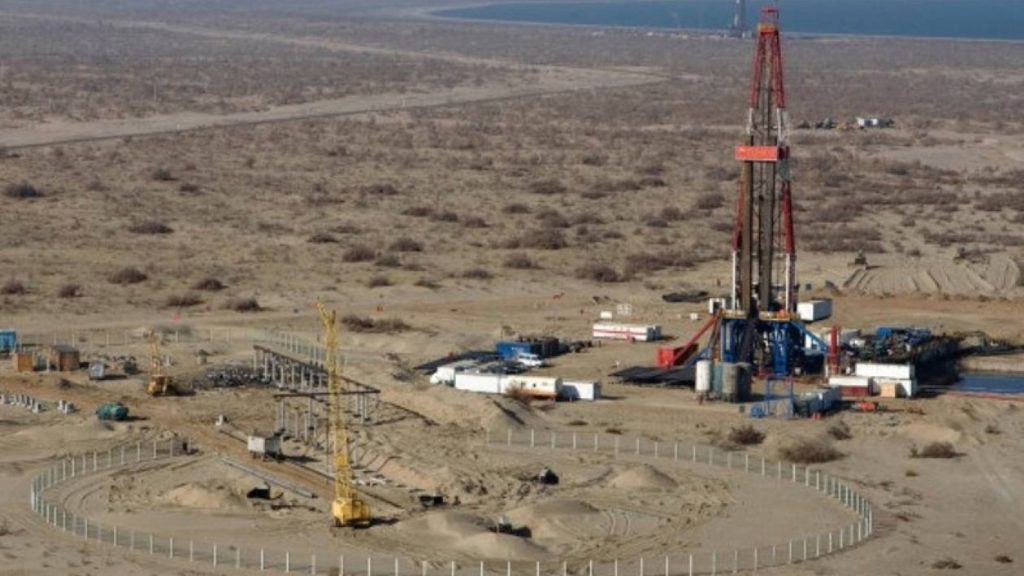
Despite its desert terrain, the fertile lands around Turkmenistan’s numerous oases are ideal for growing cotton. In the last several decades, tourism dollars have also contributed to the nation’s economy, however Turkmenistan faces challenges such as its lack of economic diversity.
Attempts to Extinguish the Fire
The gas fueling the Gate of Hell fire at the Darvaza Crater – which measures 230 feet in diameter and is 98 feet deep – also represents a lost economic resource. Oil and gas drilling is a major industry in Turkmenistan, therefore the fire is destroying a valuable resource.
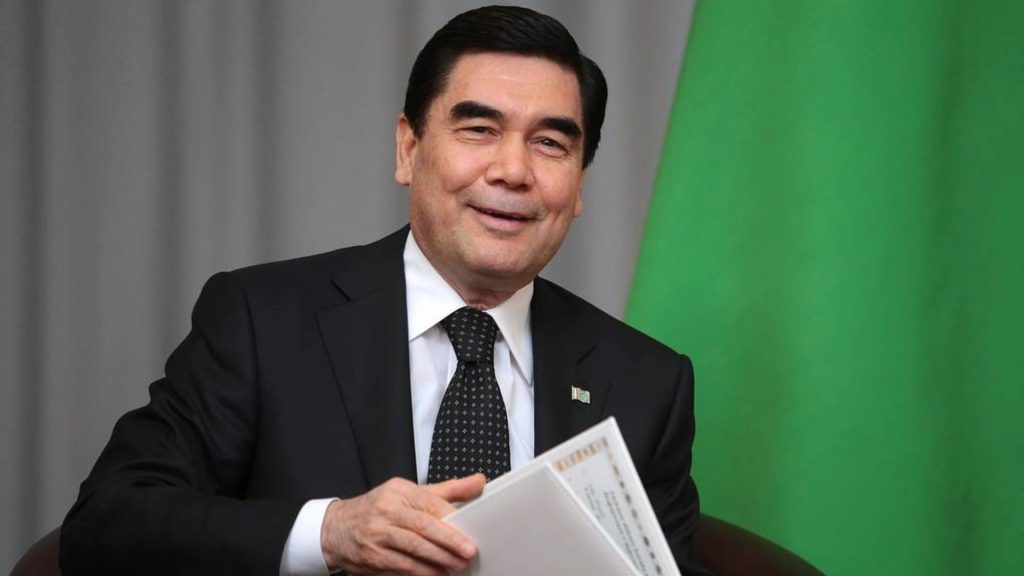
Gurbanguly Berdimuhamedov, then-president of Turkmenistan, issued orders in 2010 for experts to extinguish the fire at the Darvaza Crater. That proved to be easier said than done. The volume of the crater was one factor. The constant flow of methane gas into the crater from the underground pocket was another factor.
A Colorful President and a Hot-Rod Car at the Gates of Hell
President Berdimuhamedov has a reputation for being a colorful character. In 2019, rumors swirled claiming that the president was dead. He had not been seen in public for a few weeks, igniting the rumors.

To prove that he was very much alive, President Berdimuhamedov released an unusual, but fitting, video of himself on Turkmenistan’s state television. The video showed him driving a rally car and zooming around the burning Gates of Hell. In the past, the president made videos of himself rapping to a hip-hop song and even shooting a gun while riding a bike.
A New President … With a Familiar Name
In 2022, Gurbanguly Berdimuhamedov’s term as president of Turkmenistan was over. Succeeding him was his own son, Serdar Berdimuhamedov. Like his father before him, Serdar Berdimuhamedov wants to see the Gates of Hell fire extinguished once and for all.
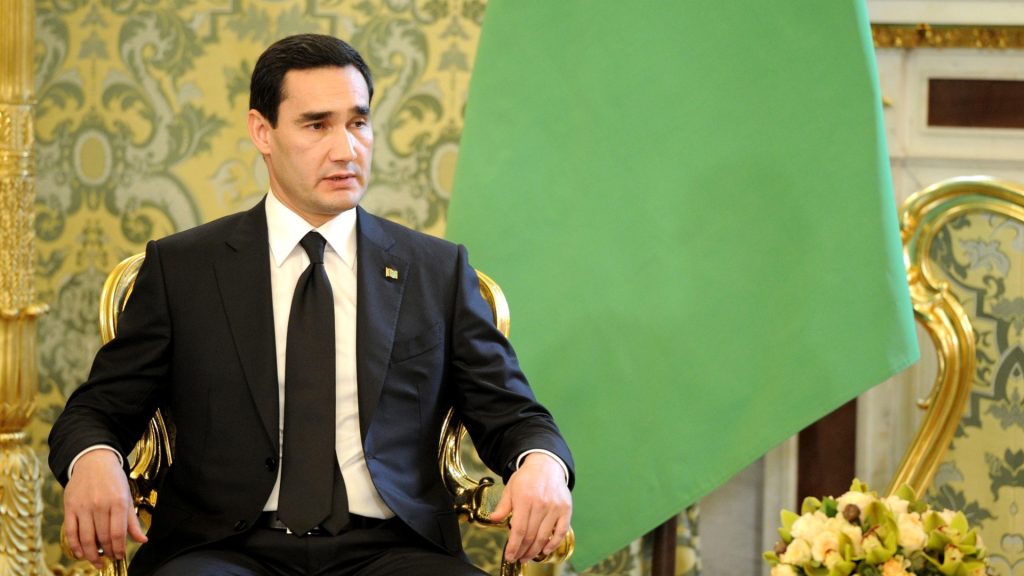
He has announced the formation of a committee of experts – scientists, fire suppression experts, and foreign consultants – that will work with his government in search of a viable solution.
Descending into the Gates of Hell
Believe it or not, one brave and determined explorer has entered the Darvaza Crater and descended to its bottom. He was geologist George Kourounis. In 2013, while working with the Extreme Microbiome Project, he collected soil samples from the crater’s floor.
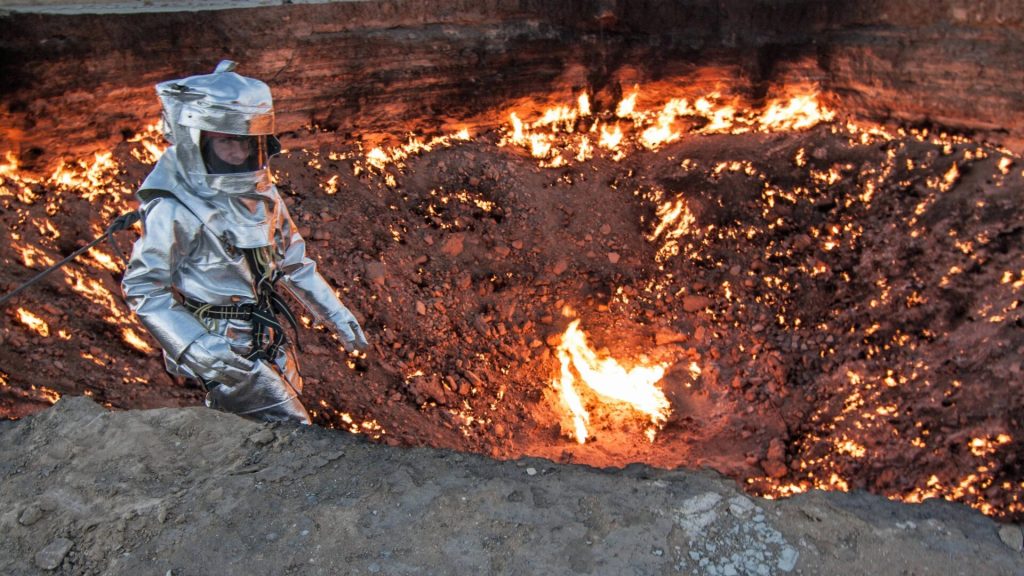
To make the fiery journey, Kourounis wore a specially made full body aluminized suit lined with Kevlar and built with a self-contained breathing apparatus. He was lowered into the crater using ropes and harness made from fire resistant Kevlar and Technore.
The Geologists Wants to Return to the Gates of Hell
George Kourounis’s expedition into the Darvaza Crater was sponsored by National Geographic and was featured on the NatGeo Channel’s series, “Die Trying,” and in the pages of the publication. Kourounis told National Geographic, “I describe it as a coliseum of fire – just everywhere you look, there’s thousands of these small fires.”

Kourounis would jump at the chance to return to the bottom of the crater. He regrets not bringing more equipment with him the first time. He added, “The sound was like that of a jet engine, this roaring, high-pressure, gas-burning sound. And there was no smoke. It burns very cleanly, so there’s nothing to obscure your view. You can just see every little lick of flame.”
An Unusual Tourist Destination
The images of the Darvaza Crater are stunning. Photographers, adventurers, and social media influencers from around the globe had learned about the Gates of Hell in photos and decided to visit the location for themselves.
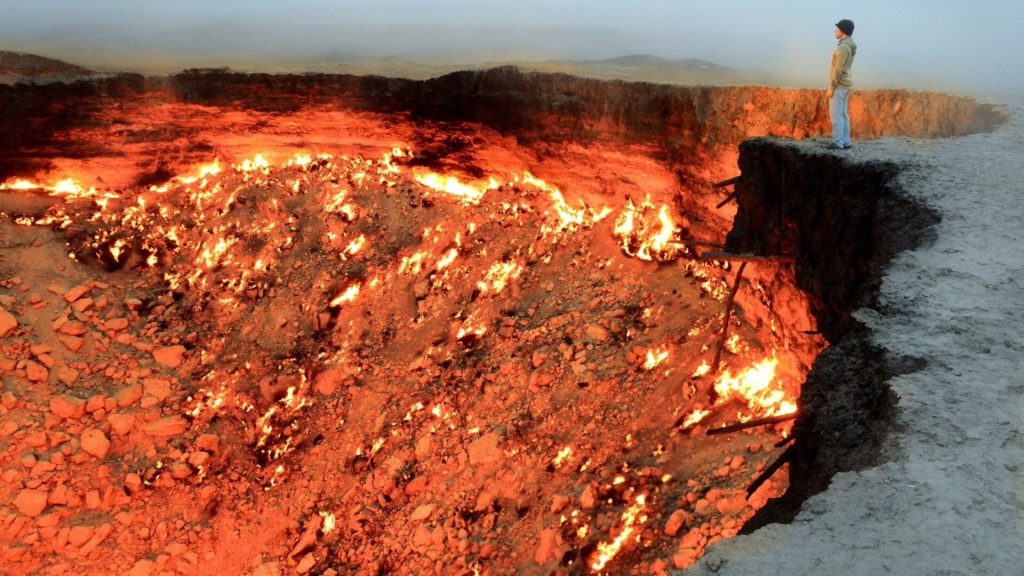
Tourists visit the crater year-round to marvel at the flames. The potential danger is not a deterrent. In fact, campgrounds, resorts, hotels, and restaurants catering to tourists have opened in the region in recent years.
A Natural Reserve, But For How Long?
In 2013, the government of Turkmenistan declared the Darvaza Crater and surrounding area to be a natural reserve. Despite this, and the influx of tourism, the government has no plans to pave or expand the rough dirt road leading to the crater.

If President Serdar Berdimuhamedov’s plan comes to fruition, the fire that has been burning at the Darvaza Crater for more than 50 years will finally be extinguished. But until that happens – and the Gates of Hell are reduced to a mere smolder – the unusual and mind-blowing crater will continue to attract tourists searching for the ultimate selfie location.

